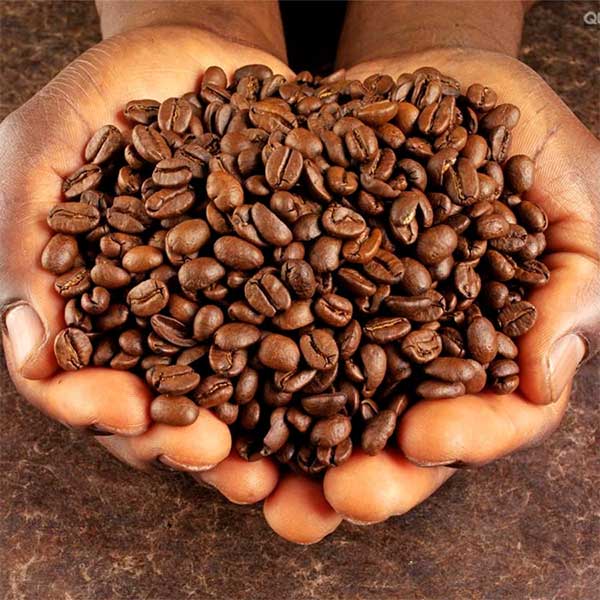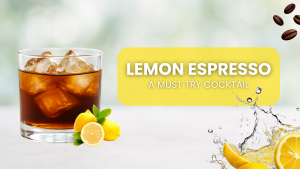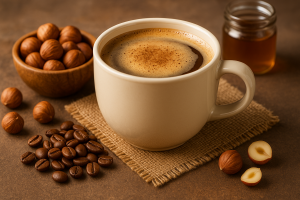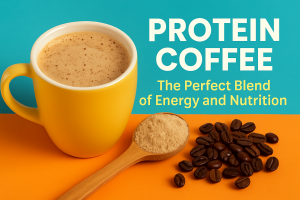
How To Identify Cheap And Expensive Coffee
How To Identify Cheap And Expensive Coffee
- Shelli Galici
- 26-06-2018
- 29-07-2025
- 2081 views
- Coffee Tips, Featured Articles, How To's, Information

Ordinary people who drink coffee drink coffee because it is a coffee, but in the world of coffee aficionados/coffee enthusiast/coffee addicts, a coffee is not just a coffee nor a beverage.
But they are breaking down all the elements from the type of roast, processing, freshness, varietals, and source. Coffee aficionado Dillon Edwards tells how to identify cheap vs. expensive coffee by breaking down the elements.
The Roast
Dark roast coffee masks all the flavors in the coffee itself, like a heavy sauce where it covers up all the sweetness and all the inherent characteristics of the coffee where it brings out the carbony sort of smoky flavor. While the light roast nuances the coffee flaws, and the good and bad attributes of the coffee really shine through
Based on the roast of the coffee beans light roast coffee is much easier to identify if its high quality or not while with the dark roast coffee it’s too early to say its price point.
Taste
Dark roast coffee has molasses texture almost having an experience of drinking raw sugar on your tongue, that leaves a bittersweet palatableness. The acidity is extremely muted like a velvety mouthfeel.
On the other hand, the light roast beans taste like fruit juice with a clear stone fruit acidity that is almost taste like a sweet peach nectarine flavor.
So as for the taste, Dillon Edwards said that the light roast coffee is much expensive than the dark roast coffee base on the transparency and clarity of the sweetness.
Tip: Slurping the coffee heavily with your sip is a way to aspirate the pallet, and to incorporate lots of air during testing. We usually taste a lot with our nasal passage and, as we bring air during a tasting, we activate all our factory senses and, incorporate in our sensory taste.
Processing
You can identify the coffee if it is a high-quality bean based on its shape, texture, and size. The more chronological the coffee beans are the most likely more expensive than coffee’s that are not uniformly chosen based on the shape, texture, and size.
Well-processed beans are unbroken and typically uniform in size. While specialty coffee is carefully employed and needs a patient processing practice.
In general, commercial coffee is more focused on volume rather than quality.
Freshness
When you heat coffee, and you see a lot off-gassing to your coffee that indicates freshness. Fresh roast calls for bubbles or what is called the “bloom” where there is a gas trap inside a fresh roast coffee.
Tip: When you are looking for a coffee in the grocery store you need to check on coffee that has roasted on the date and not a best by date.
Variety
Rare coffee beans have a unique distinctive taste that has a kind like apricot profile that tastes like an earl gray tea dose with apricot juice with a light crisp texture.
Origin
Regional blends or single origin coffee beans are always delicious, traceable coffees. But micro-lot coffees from a single farm provide an even more distinctive taste experience with the highest level of traceability.
Source Epicurious






















